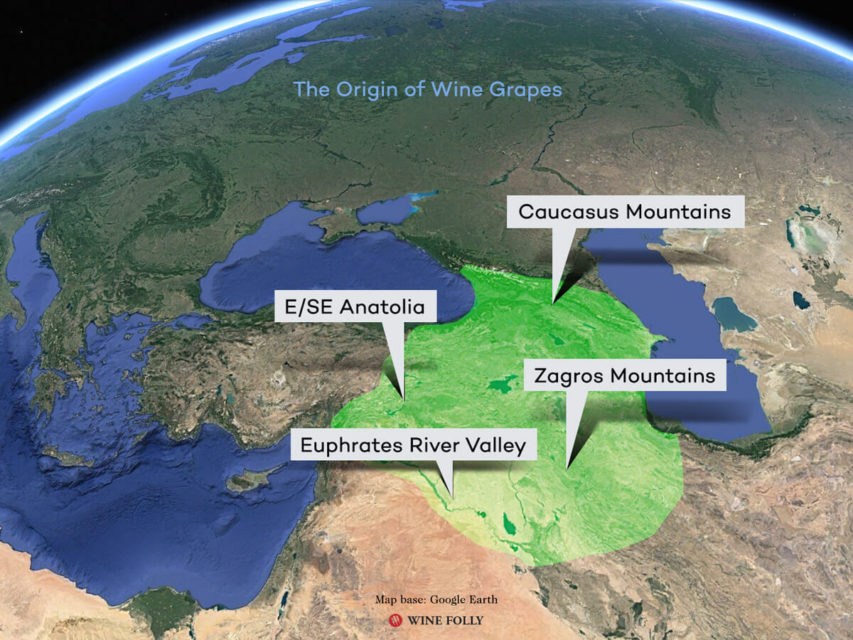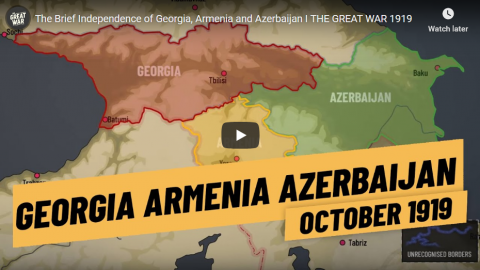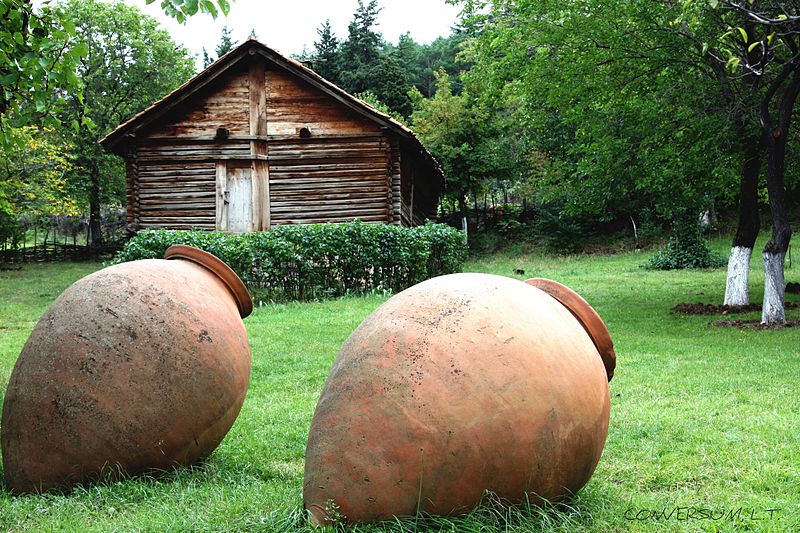Qvevri are cultural metaphors, writes Keto Ninidze, Kiknavelidze’s great-granddaughter and a Georgian winemaker, in an email. Much like how someone might give birth to a child, she says, qvevri give birth to wine. And after many years of giving life, the qvevri were used as a burial place. “So in Georgian cultural perception, [qvevri are] regarded as the cycle of life and death,” she says.
Georgia has the oldest wine culture in the world, and little changed from the earliest qvevri to Ninidze’s qvevri. Everything — down to the shape of the clay pots, the method of burying the qvevri, and letting crushed grapes ferment naturally inside — is passed down from generation to generation. When the Soviet Union took control of the country in 1921, this ancient winemaking tradition was pushed underground, where it almost disappeared. During these years, Georgian winemakers lost their land or had to give over all of their grapes every harvest. If they wanted to make their own wine, they’d have to forage grapes from wild vines on hillsides, in forests, and sometimes on the sides of village streets.
Before the Soviet Union imposed their rule on Georgia, though, more than 500 different grape varieties flourished in the country’s moderate climate, tempered by its proximity to the Black Sea. Thanks to the environment, wine grapes grow without much intervention. Back then, most grapes were picked by hand and crushed by foot. The juice, skins and stems and all, were then put into qvevri.
[…]
For around six months, natural yeasts ferment the juice inside the pots. The solid parts of the grapes filter the liquid, which funnels naturally towards the bottom. Once fermentation is over, the wine is suctioned or scooped out and bottled. Or, more likely, it’s stored in smaller pots. Then the cleaning process begins. The tools of the trade have upgraded, Ninidze says, and winemakers now wash qvevri with high pressure water, ash, and citric acid, then disinfect the vessels with sulphur smoke. What hasn’t changed is the immovability. Qvevri is “something you can’t take from one place to another,” Ninidze says, adding that once a winemaker chooses a spot for their qvevri, they’re rooted there until they pass it on or buy new qvevri.
This process didn’t budge for years. Then, the Soviet Union invaded and annexed Georgia in 1921. The slow, natural qvevri cycle — an extension of the Georgian lifestyle — didn’t fit Joseph Stalin’s five-year economic plans. These plans set economic goals and called for industrializing industries, including wine. Rural winemaking would need to be mechanized, and the wild-looking vines would need to be tamed. In the region of Kakheti, officials uprooted more than 500 native varieties. Steel tanks replaced the storied underground clay pots, too.
The government then redistributed and repurposed the annexed land previously used for wine, and built sterile buildings on top of them. “You see these Soviet buildings everywhere that are sturdy cement and nothing beautiful about them, but very practical,” Railsback says. “And then the Georgian [buildings] are more beautiful, and the architecture is really unique with hand-carved woodworking on the front of houses. There’s the Georgian look, and there’s the Soviet [look] that tried to demolish the culture and vibe — you feel that literally everywhere.”
During that time, families were given a single acre of land compared to the full vineyards they once tended to alongside their homes. Vines were ripped out and replaced with tidy rows of hardy, high-yielding varieties such as Saperavi and Rkatskeli. While they were plentiful and certainly sweet, they were bland and lacked the character of traditional Georgian vines. “There was one or two state factories that [processed] the whole yield of the country,” Ninidze says. “The production policy was of course industrial (especially after Stalin’s period), based on the five-year plans and neither the factories nor the farmers cared [about] the quality of the grape.”






